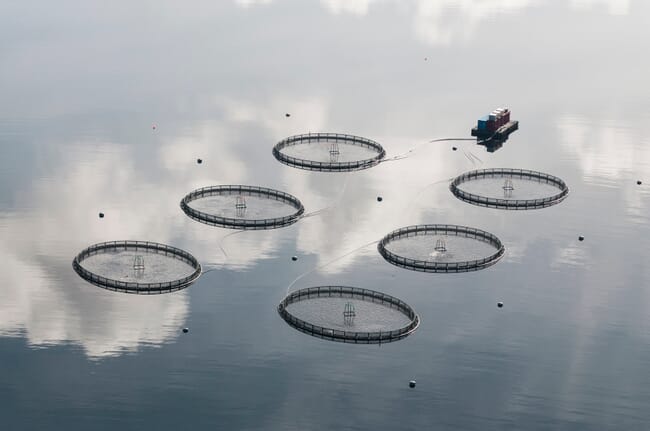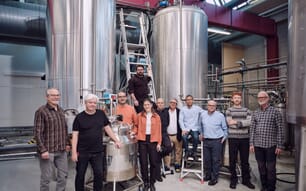
© SAIC
An international consortium of researchers are developing a new standardised tool with which they hope to validate sea louse dispersal models. The project, which involves the University of Strathclyde, The Norwegian Institute of Marine Research, and the Aquaculture Research Station of the Faroes, brings together industry stakeholders and researchers from across the globe, united under the goal of tackling the sea louse threat.
The project, known as SAVED – Sustainable Aquaculture: Validating Ectoparasite Dispersal (Models) – recently received a funding boost from the Sustainable Aquaculture Innovation Centre (SAIC). The primary goal of the project is to create a new system to validate the results of existing dispersion models, used by producers, academics and regulatory bodies.
A variety of dispersal modelling tools are already available to help the sector manage the challenge of sea lice and inform decisions about future aquaculture sites. However, each model is designed differently, which can lead to variable results. The tool being developed through the SAVED project could lead to a more robust, standardised approach to model evaluation, leading to more accurate predictions of potential risk to wild fish populations from sea lice.
“Different sea lice dispersal models use varying complex mathematical techniques, but it is important to ensure that the same set of input data returns a valid result, no matter which product is used. To reduce the variability, we are creating a bespoke Python script that can be applied to each model and ensure it is fit for purpose,” said Dr Meadhbh Moriarty, senior aquatic epidemiological modeller for the Scottish Government’s Marine Directorate, in a press release.
“Another important aspect is the development of a ‘data dictionary’ which can help to guarantee that everyone using these models is interpreting the figures in the same way. Having input from so many partners across three of the major salmon-producing nations, each with its own governance system, is a big bonus for the project. We hope that the end result will be adopted by the aquaculture sector at scale, helping to better manage the threat of sea lice,” she added.
The free online tool will be informed by several existing physical and behavioural models, which include elements such as winds and tides, the way sea lice move in the water and how they react to light exposure. Researchers will also combine data from Scotland, Norway and the Faroe Islands to gain a detailed understanding of the uncertainties produced in each nation’s results.
With a new standardised approach, academics, producers and regulators using any of the models currently available on the market will be able to use the online benchmark tool to provide an additional level of validation and have assurance that the output is as reliable as possible.




